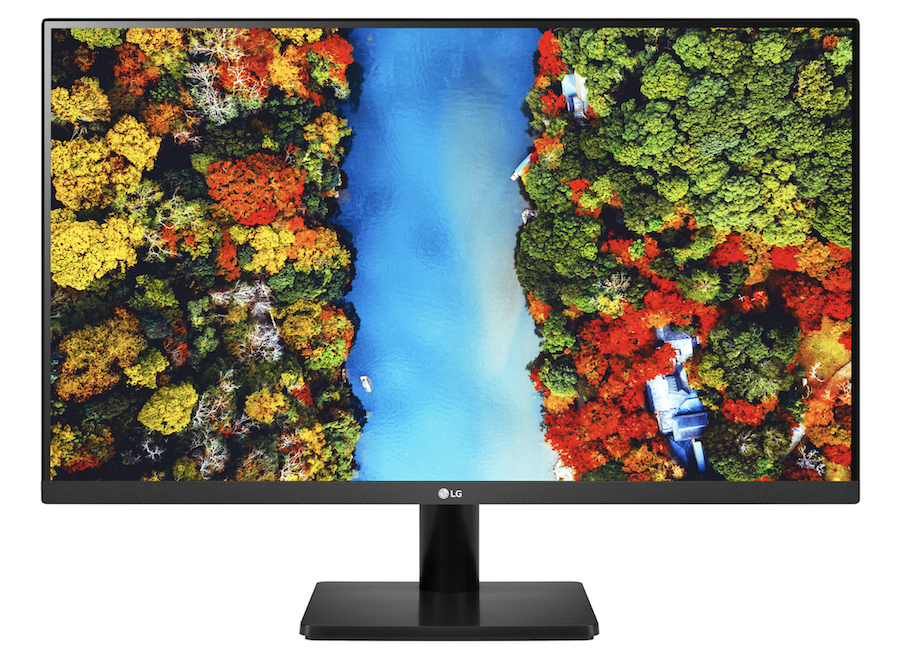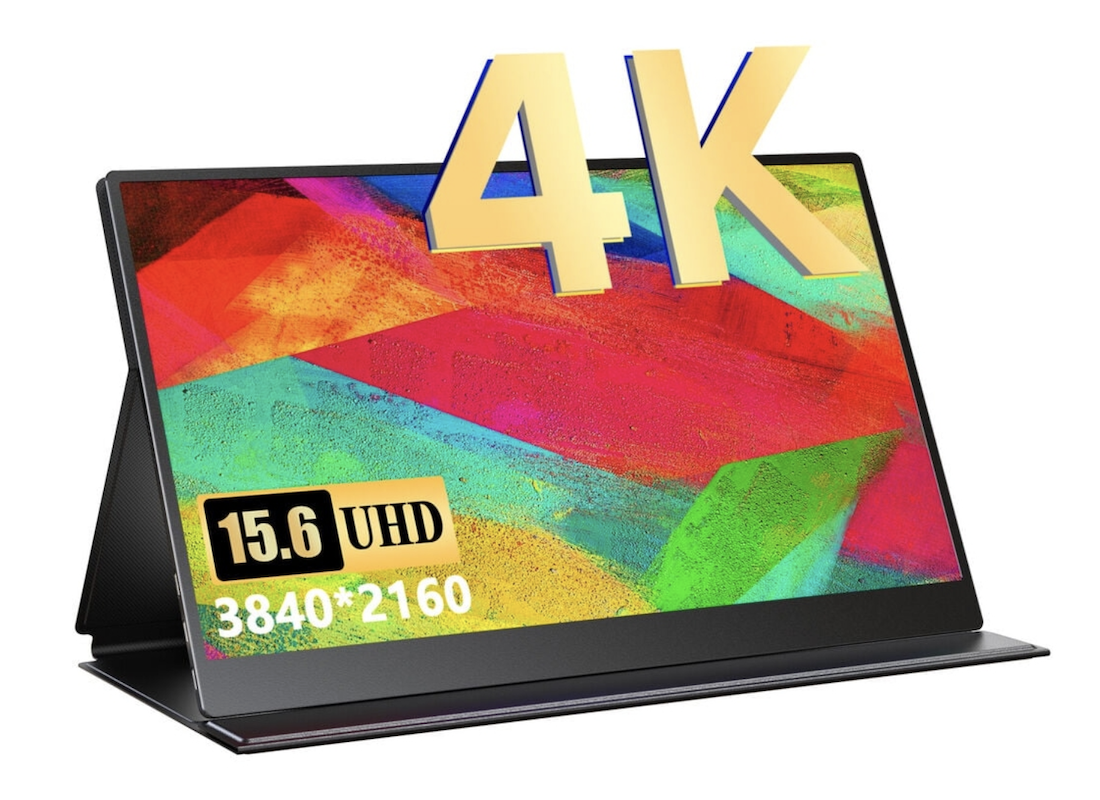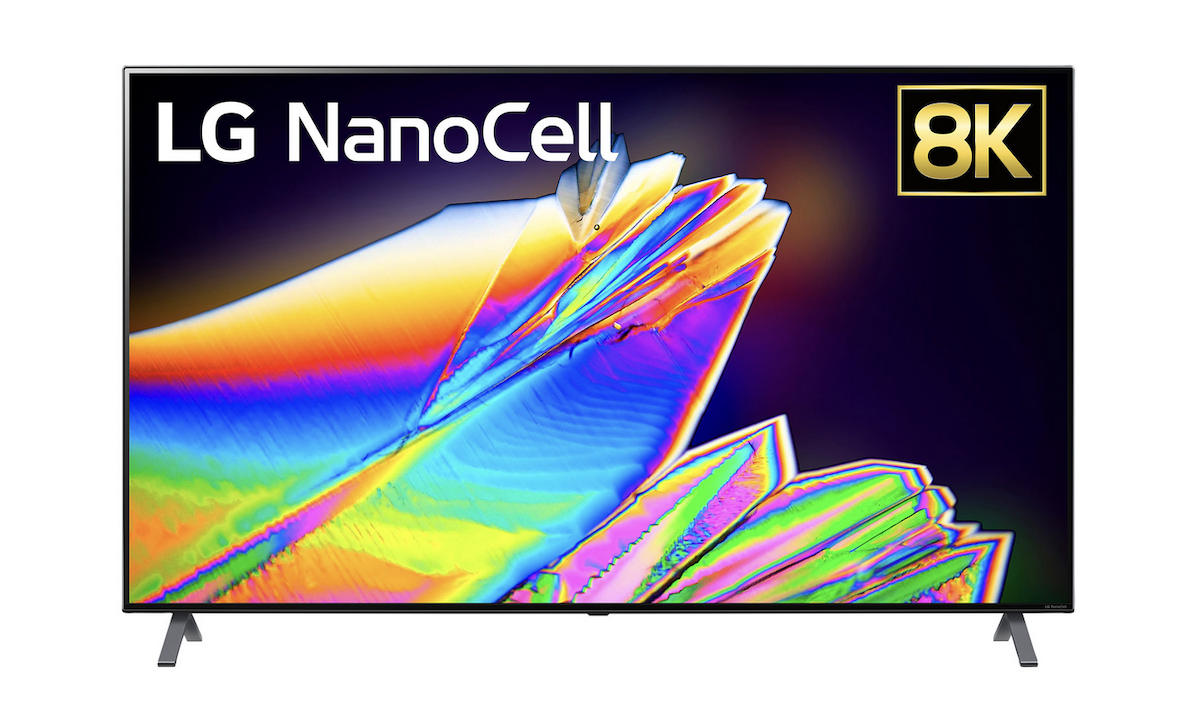
In the dynamic world of monitor resolutions, every pixel tells a story and every display brings a new realm of clarity and colour to life. Whether you’re a professional graphic designer, a hardcore gamer, or just someone who enjoys streaming movies, understanding monitor resolutions is important. As technology advances, so do the standards of monitor resolutions. From Full HD to 4K and beyond, this article explores these standards to help you make an informed decision when it comes to choosing the right monitor for your needs—so you can unlock extraordinary visual experiences.
What is monitor resolution?
Monitor resolution refers to the number of pixels a screen can display, both horizontally and vertically. For instance, a Full HD monitor with a resolution of 1920×1080 has 1920 pixels horizontally and 1080 pixels vertically. These tiny dots of light (pixels) work together to create the images you see on your screen. The higher the resolution, the more detailed and clearer the image.
Pixel density: A key factor in image quality
When selecting a monitor, it’s not just the resolution that matters—pixel density, measured in pixels per inch (PPI), plays a crucial role in monitor image quality. It determines how densely packed the pixels are on the screen. A higher pixel density results in more detailed and sharper images, as there are more pixels in a given area to display finer details.
The importance of pixel density becomes particularly apparent when considering screen size. For larger monitors, a higher pixel density is necessary to maintain image clarity. Without sufficient pixel density, images and text may appear pixelated or blurry, as the individual pixels become more distinguishable to the naked eye. This is especially crucial for high-definition gaming or creative tasks like graphic design, where precise detail and clarity are paramount. However, for a premium visual experience, high pixel density is beneficial regardless of screen size.
Resolution standards: Full HD, Quad HD, and 4K

- Full HD monitors: With a resolution of 1920×1080, Full HD is the baseline for high-definition displays. This resolution offers a significant improvement over earlier standards like 720p, providing clearer images and more detailed visuals. It’s ideal for everyday use, including watching movies, office work, and browsing the internet. In gaming, Full HD provides a good balance between performance and visual quality, making it a popular choice among mainstream gamers.
- Quad HD (QHD) monitors: Also known as 1440p, QHD has a resolution of 2560×1440, providing greater detail and sharper images than Full HD. This resolution is particularly beneficial for professional users, such as graphic designers and video editors, who require more screen real estate and sharper images. In the realm of gaming, QHD provides a richer and more immersive experience, especially on larger screens, without the hardware demands of 4K.
- 4K or Ultra HD monitors: Boasting a resolution of 3840×2160, 4K is currently one of the highest standards available for consumer screens. This resolution provides an immense leap in visual quality, offering four times the number of pixels found in Full HD. The result is stunningly detailed and crisp images, making 4K ideal for a range of applications from professional-grade video editing and graphic design to high-end gaming and cinematic experiences. While 4K provides a superior visual experience, it requires more powerful hardware, particularly for gaming, and consumes more bandwidth for streaming content.
5K and 8K: Pushing the boundaries of resolution

5K and 8K resolutions represent the cutting-edge of screen technology, pushing the boundaries of image clarity.
- 5K: With 5120×2880 pixels, 5K delivers life-like images with significantly more detail than 4K. This resolution is especially beneficial for professional use in fields like video editing, graphic design, and photography, where the extra pixels allow for even finer detail and a larger workspace. In terms of consumer use, 5K is still relatively niche but provides an unparalleled viewing experience for those who have access to content that can take advantage of this resolution.
- 8K: 8K resolution, with a staggering 7680×4320 pixels, is at the forefront of screen technology. It quadruples the total number of pixels of 4K, offering an unprecedented level of detail. This ultra-high resolution is particularly effective on very large screens, where even 4K can start to lose its sharpness. While 8K content is still limited, the potential for future applications, such as in high-end home cinemas, professional photography, and digital signage, is immense.
Both 5K and 8K face challenges in terms of content availability and the hardware required to drive such high resolutions. They also demand significant investment, both in the displays themselves and in the supporting technology. However, as technology advances and becomes more affordable, 5K and 8K are set to play a major role in the future of digital display technology, offering an unrivalled visual experience for both professional and personal use.
Choosing the right resolution for you
So, how do you choose which resolution is right for you? Here are key considerations to guide you:
- Screen size and viewing distance: The larger the screen, the more beneficial a higher resolution is. Also, how close you sit to your monitor can affect your perception of its clarity and detail.
- Hardware requirements: High resolutions like 4K require powerful graphics processing. Ensure your computer’s GPU can handle the resolution you’re considering. Also make sure your computer’s RAM and other components are capable of supporting the chosen resolution without performance hiccups.
- Content availability: Consider the type of content you’ll be viewing or working with. If your primary use involves standard definition content or applications that don’t benefit from higher resolutions, a 4K monitor might not be necessary. For example, if you mainly browse the web, write documents, or watch standard definition videos, a Full HD or QHD monitor may be more than adequate. However, if you frequently engage with high-definition content, or if you want to be prepared for future HD content, opting for a higher resolution like 4K could be a worthwhile investment.
- Budget: Higher resolutions typically come with a higher price tag. Consider whether the benefits of a higher resolution are worth the investment for your specific needs.
Find the right monitor for you at Best Buy
From Full HD to 4K and beyond, a monitor can elevate your visual experience to new heights. Each resolution standard offers unique benefits and is suited for different applications. Whether it’s for immersive gaming, professional graphic design, or simply for a richer everyday computing experience, the choice of resolution can significantly impact the quality of your digital interactions.
The right monitor resolution requires a balance between your specific use case, hardware capabilities, content preferences, and budget. By carefully evaluating these factors, you can select a monitor that not only delivers a great viewing experience but also serves you well into the future. Shop a wide selection of monitors at Best Buy.
This article was drafted using AI technology and then reviewed, fact-checked, and revised by a member of our editorial team.





